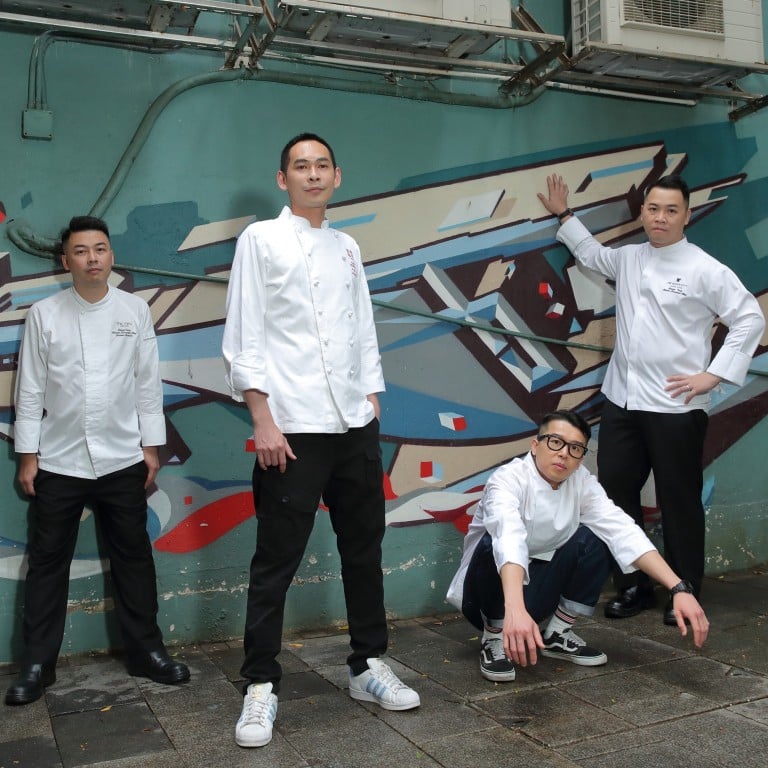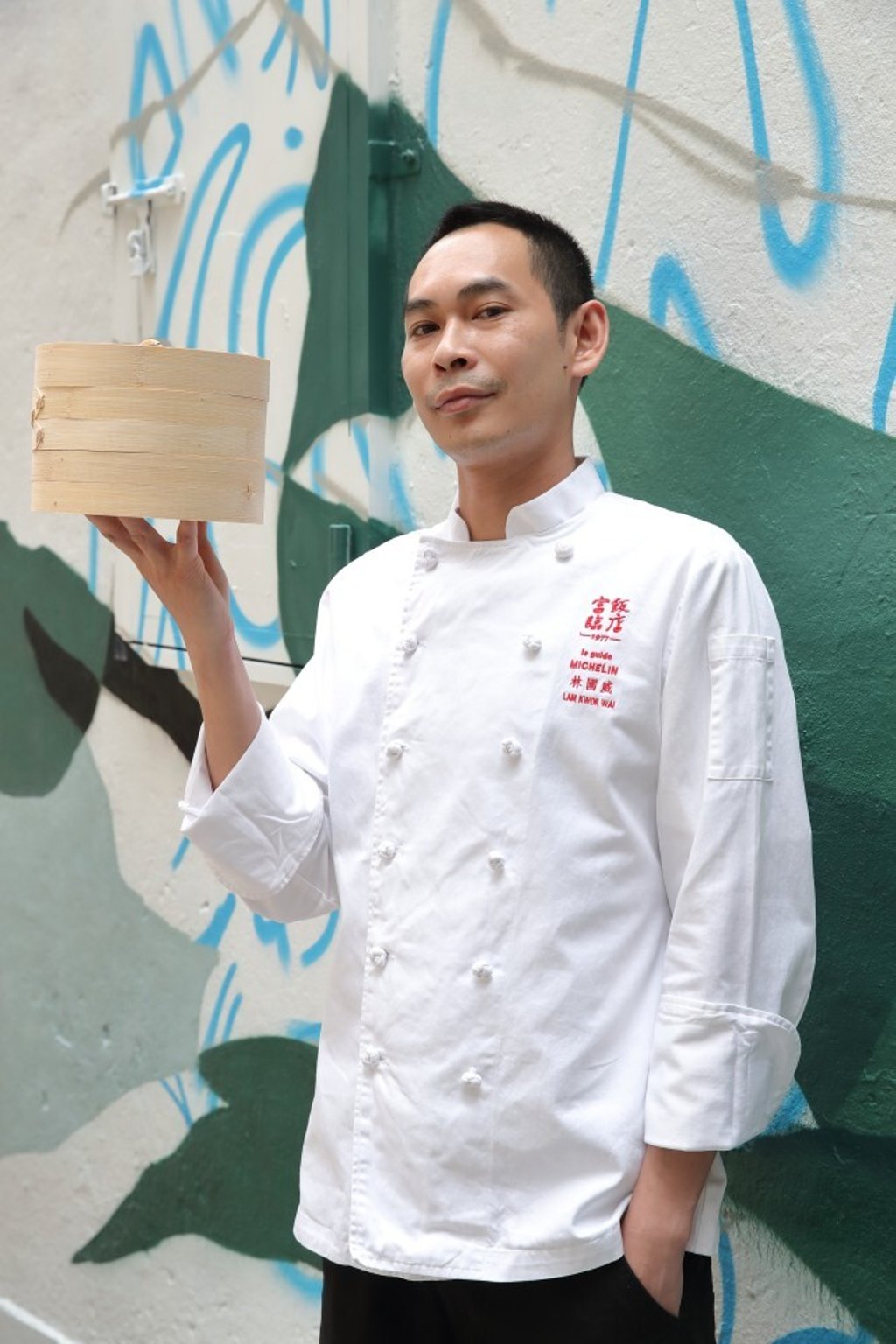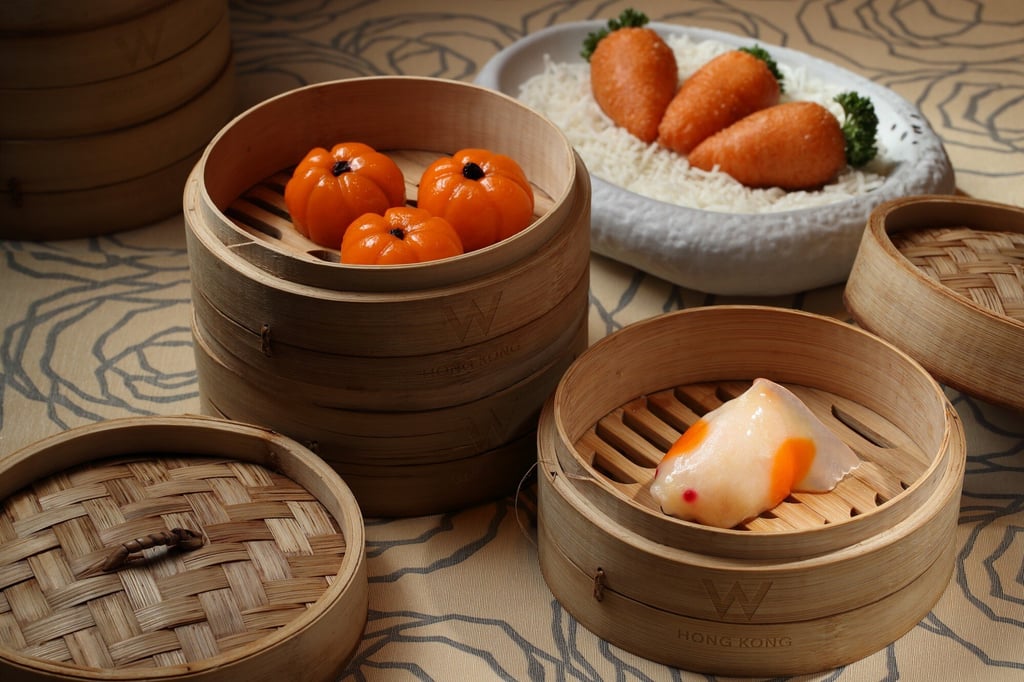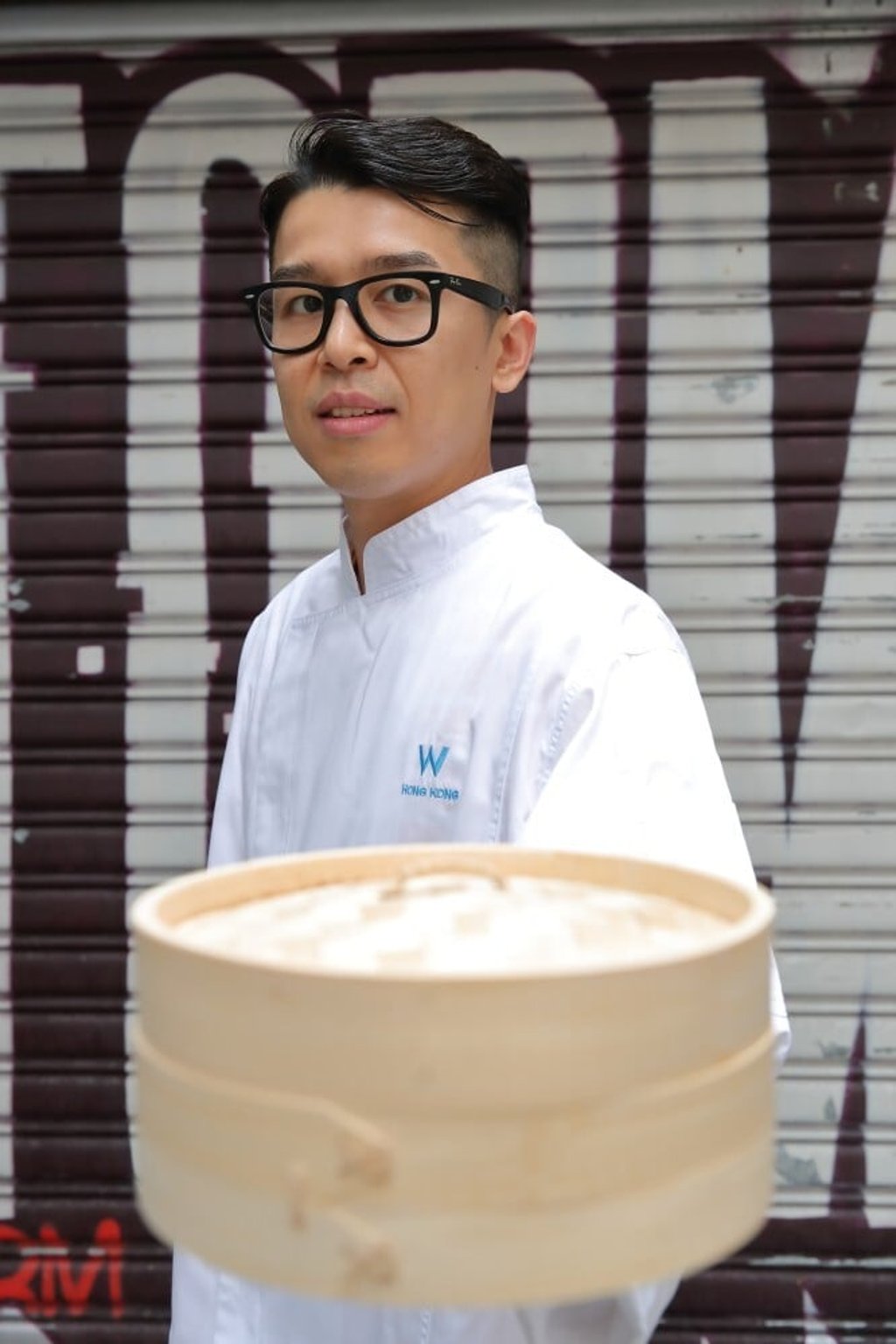Meet Hong Kong’s new kings of Cantonese cuisine: how young blood at JW Marriott, The Mira, Forum and Sing Yin is revitalising dim sum and classic Guangdong dishes for the millennial generation

- All aged 40 or under, these four chefs are fusing fresh flavours with traditional Guangdong specialties, inspired by pioneers Dicky To Kwok-kim and Lau Ping Lui
- Chef Oscar Lam Kwok-wai brings fusion dishes like foie gras taro puff to three-Michelin-starred Forum; Sing Yin’s Cheung Lok-man crafts quirky dim sum designs
It has been long lamented by many Chinese chefs that a good apprentice is hard to find. With many of the younger generation tertiary-educated and generally expecting higher salaries, the hard work and harsh environment of a large kitchen can be a turn-off for some. But a new generation of Chinese chefs has started making waves in Hong Kong.
Thirty-four-year-old Jayson Tang is the executive Chinese chef of JW Marriott Hong Kong, whose Chinese restaurant, Man Ho, received its first Michelin star in 2021. Meanwhile, Edwin Tang, 40, is chef de cuisine at The Mira Hong Kong, whose Chinese restaurant, Cuisine Cuisine, was awarded a Michelin Plate, also in 2021.

Sing Yin’s menu is populated with Cheung’s colourful creations, such as steamed dumpling with crabmeat, prawn, pork and pumpkin, crispy duck breast and carrot dumplings, and steamed pumpkin paste and lotus seed paste with pine nut.

“My favourite creation is a bird-shaped pastry with pineapple filling,” says Cheung. “I was inspired by the Taiwanese pineapple cakes and created this sweet dim sum. It can also be served with red bean filling.”
This fusion of traditions also inspired Lam. “I’m proudest of our foie gras taro puff. It took a lot of trial and error and we failed many times. The trick was to pan-fry the goose liver first to seal the fat so it can withstand the heat of deep-frying,” he says.

The young guns of dim sum credit their perseverance and dynamic thinking to their mentors. “I did have a good mentor, chef Hong Kam-chiu, who now works at the Hong Kong Jockey Club. He took an interest in us kitchen hands and taught us to be flexible and dynamic,” says Lam. “There was no training programme or anything like that back then and chef Hong told me to make sure I try and watch what everybody else does so that I can take things up when I’m needed to. In three years I was at supervisor level.”